Unprecedented Prevented Planting in 2019
- Extremely wet conditions in the spring of 2019 led to challen-ging planting conditions across much of the Midwestern U.S.
- The number of prevented plant acres reported in 2019 was the highest since the USDA began releasing this report in 2007 (USDA 2019).
- Over 19 million acres went unplanted in 2019, including over 11 million acres of corn and 4 million acres of soybeans.
- South Dakota had the most prevented plant acres, totaling nearly 4 million.
- Illinois, Minnesota, Missouri, Ohio all had over 1 million prevented plant acres.
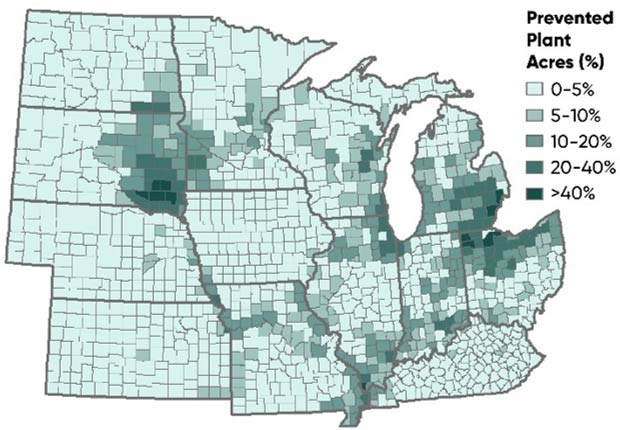
Figure 1. Percent of acres reported to FSA as prevented plant by county in several Midwestern states as of August 1, 2019.
Management of Prevented Plant Acres in 2020
- Management of prevented plant acres in 2019 varied from field to field. Fields may have been seeded to a cover crop or forage, managed for weed control mechanically and/or chemically, left untouched, or a combination of these (Figure 2).
- Prevented plant acres may require additional management in 2020 to address unique challenges associated with fallowing or planting to a cover crop in 2019.
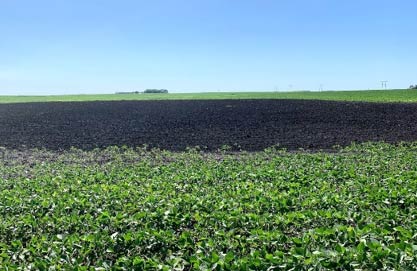
Figure 2. Field with a large fallow area due to flooding in 2019.
Proactive management will be required to prevent fallow syndrome in this area if the field is rotated into corn in 2020.
Fallow Syndrome in Corn
Corn planted in fields in which no crop was grown the previous season can have reduced early-season growth (Figure 3) and lower yields, a condition known as fallow syndrome (Wiersma and Carter, 2013).
- Fallow syndrome is associated with a reduction in symbiotic fungi called vesicular arbuscular mycorrhizae (VAM) in the soil.
- VAM are key beneficial fungi that support plant growth, especially in corn, through improved P nutrition and soil P cycling. (Vivekanandan and Fixen, 1991).
- Soil without actively growing roots of a host species can experience a significant reduction in VAM populations.
- Grass cover crops like cereal rye and oats are hosts to VAM and help maintain populations, while Brassica cover crops (turnips and radishes) are not.
- Reduced populations of VAM are associated with fallow syndrome in corn; soybeans are not as susceptible.
- Placing a chelated zinc and phosphorus fertilizer directly in the seed furrow as a pop-up fertilizer has been shown to minimize yield loss from fallow syndrome (Stahl et al., 2018).
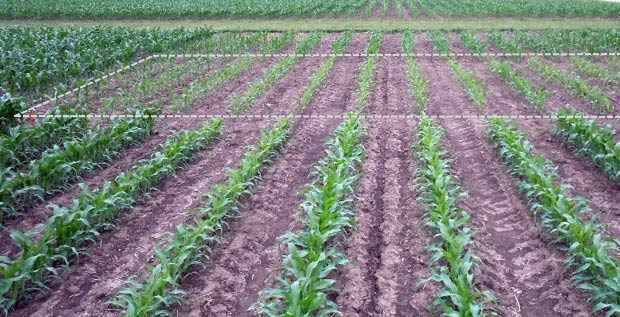
Figure 3. Corteva Agriscience field demonstration site in which plots that were fallow the prior season have a visible reduction in early-season corn growth relative to adjacent plots planted to soybeans the prior season.
Nodulation in Soybeans
- Nitrogen fixation in soybean is carried out by Bradyrhizobium japonicum bacteria that colonize the roots.
- While rhizobia can persist in the soil for many years, saturated soils can reduce the number of rhizobia present in the soil.
- Possibly more detrimental to soil rhizobia population survival are the excessively high soil temperatures (>100 ºF) that can occur in barren fields (Figure 4) (Munevar and Wollum II, 1981).
- The potential reduction in soil rhizobia may lead to reduced nodulation and an inoculant on soybean seeds may be beneficial in 2020.
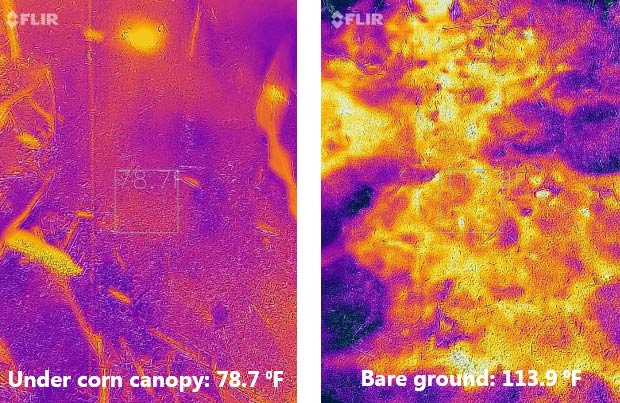
Figure 4. Thermal imagery showing the effect of ground cover on soil surface temperature. Soil temperature at mid-day under a corn crop canopy was 78.7 ºF, compared to 113.9 ºF for an adjacent area of bare ground under full sunlight. Imagery taken August 2, 2019, 11:23 a.m., Johnston, IA.
Weed Management in 2020
- Understand any crop rotational restriction from any 2019 applied herbicides.
- In some 2019 prevented plant fields, weed control was difficult due to excessive precipitation through the summer leading to the potential for weed management concerns in 2020. Furthermore, perennial cover crops that overwinter will need to be managed in 2020.
- Managing weeds in both corn and soybeans in 2020 will require a multi-faceted approach of chemical, cultural, and mechanical when appropriate.
- Effective use of burn-down herbicides in fields that will be no-till or strip-till will be important to ensure that the crops have minimal competition from weeds early in their growth stages.
- Residual pre-plant or pre-emergence herbicides need to be included in weed management plans for 2020 to reduce the number of weeds exposed to post-emergence herbicide applications, which is a key resistance management practice.
- Timely in-season applications of herbicides with effective modes of action and layered residual activity will help prevent yield loss from late-season weed competition.
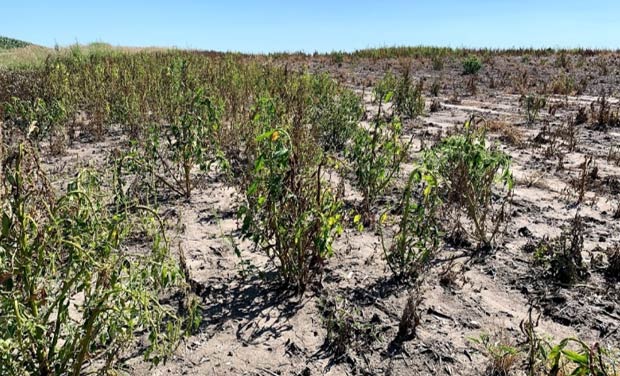
Figure 5. Prevented plant field in 2019. Herbicide was applied but larger weeds were not completely killed and will likely still produce viable seed, increasing the weed seedbank for the 2020 season.
Soil Chemical and Physical Properties
- Some 2019 field operations likely took place under less than ideal soil conditions. Appropriate fall tillage may be beneficial to shatter compaction layers, especially at lower latitudes. However, if limited plant residue was produced in 2019, tillage passes should be kept to a minimum to reduce the potential for wind and water erosion in addition to soil crusting in the spring of 2020.
- Any 2019 spring-applied N or S will have left the soil profile by 2020 unless a cover crop was seeded early in the season. Nitrogen may be managed differentially between fields with and without a 2019 cover crop.
- Grass cover crops will have tied up some of the residual soil N while legume like hairy vetch would have been a good source of N fixation.
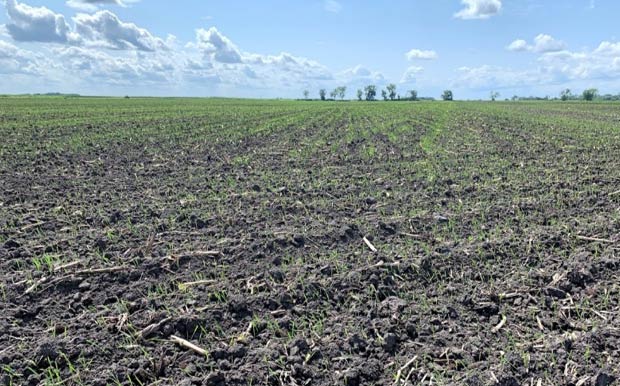
Figure 6. Prevented plant field seeded to a grass cover crop in 2019.
Other Management Considerations
- Cover crops can potentially host insect pest species that may damage the subsequent crop, so additional attention to insect management may be required.
- Insect pests that can potentially be associated with cover crops include green cloverworm, Japanese beetle, bean leaf beetle, stink bugs, true armyworm, black cutworm, seed corn maggot and wireworms (McMechan, 2018).
- Cover crops can also influence certain non-insect pests. For example, legume cover crops can serve as a host for soybean cyst nematodes, while grass cover crops do not.
References
- McMechan, J. 2018. Insects in Cover Crops. Univ. of Nebraska-Lincoln Cropwatch.
- Munévar, F. and A.G. Wollum II. 1981. Growth of Rhizobium japonicum Strains at Temperatures Above 27 degrees C. Appl Environ Microbiol. 42:272–276.
- Stahl, L., F. Fernandez, and D. Kaiser. 2018. Reduce the Risk of Fallow Syndrome with Cover Crops. University of Minnesota Extension.
- USDA News Release. 2019. Farmers Prevented from Planting Crops on More than 19 Million Acres.
- Vivekanandan, M., and P.E. Fixen. 1991. Cropping Systems Effects on Mycorrhizal Colonization, Early Growth, and Phosphorus Uptake of Corn. Soil Sci. Soc. Am. J. 55:136-140.
- Wiersma, D., and P. Carter. 2013. Post Flood and Fallow Syndrome Examined. Pioneer Crop Insights. Vol. 23 No. 6.
Authors: Matt Essick, Adam Gaspar, Clyde Tiffany, and Mark Jeschke
August 2019
The foregoing is provided for informational use only. Please contact your Pioneer sales professional for information and suggestions specific to your operation. Product performance is variable and depends on many factors such as moisture and heat stress, soil type, management practices and environmental stress as well as disease and pest pressures. Individual results may vary.